Whether you are designing a large backyard or a tiny urban garden, the first step to creating a beautiful and useful outdoor space is a well-planned garden layout. It guarantees that every square inch is utilized effectively, creating a stunning and useful area.
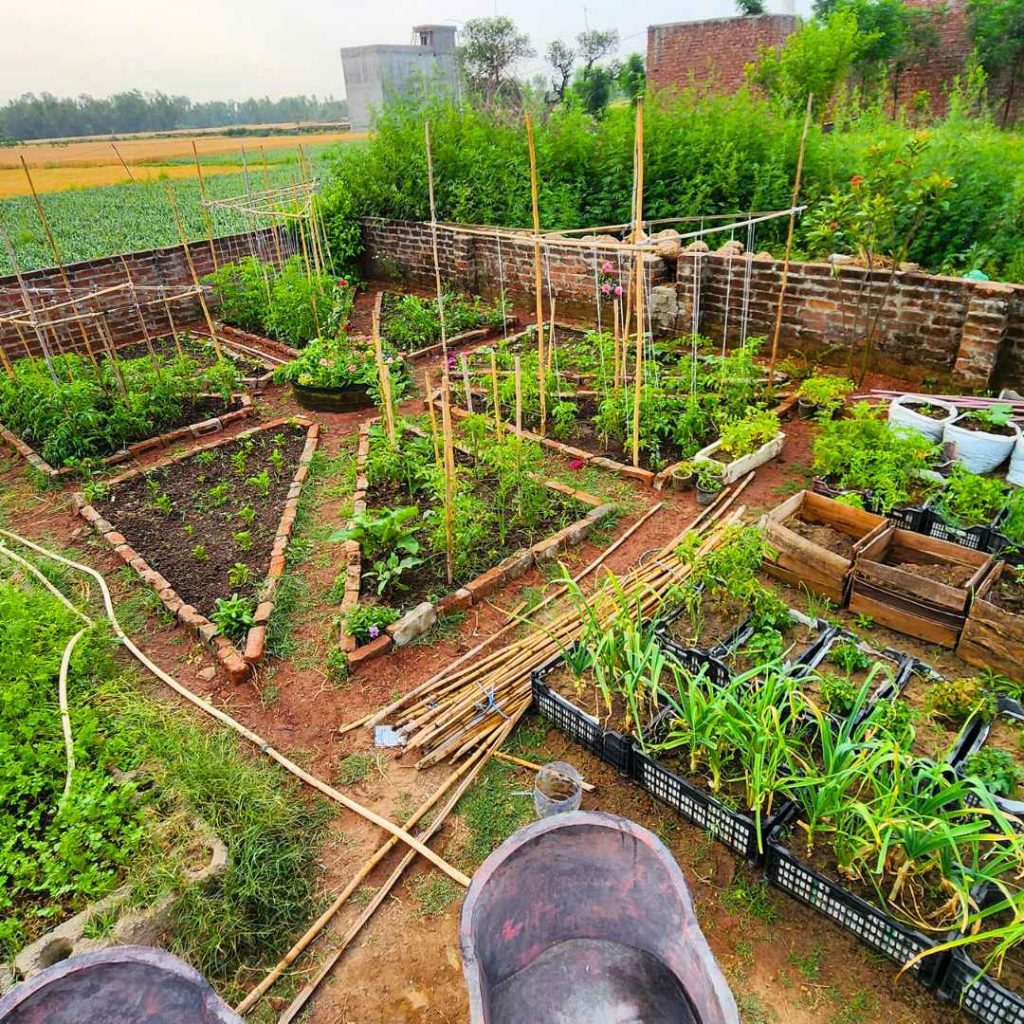
The Value of a Well-Designed Garden Layout
A well-planned garden layout creates a cohesive design that complements your home’s architecture while also expressing your personal style, thereby improving the garden’s visual appeal and usefulness. It makes the best use of your available space, making it easier to maintain and more enjoyable to use.
When designing a garden layout, consider your personal preferences, the size and shape of your garden, and its intended use. Your garden will be easier to maintain and enjoy if it is designed with functionality in mind, meeting your needs while remaining visually appealing.
Assessing Your Space
To assess your garden area, measure its length and width, create a scaled map, and mark any existing structures. Determine which features (such as plants, trees, buildings, and utility lines) are still present. Consider climate, soil type, and sunlight exposure when selecting and designing plants.
Take note of the local climate, test the soil’s type and pH, and monitor the movement of sunlight throughout the day. Choose plants and materials that suit your garden’s climate, rainfall, and wind patterns. This will help you plan a practical and well-thought-out garden.
Deciding On Your Garden Style
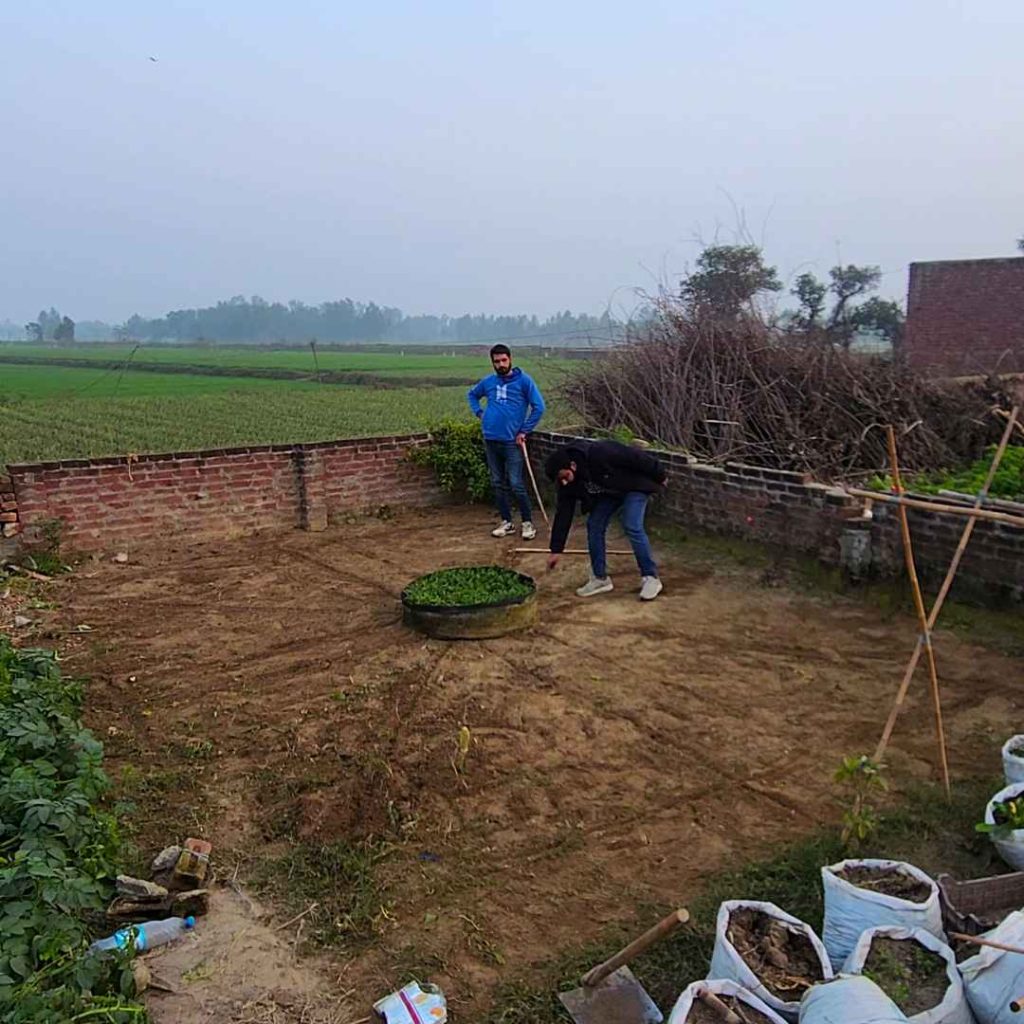
Picking the right garden style can completely change your outside area and make it feel like an extra room in your house. Tropical gardens, Mediterranean gardens, Zen gardens, formal gardens, cottage gardens, and modern gardens are all examples of truly unique garden designs.
Cottage gardens are more casual and romantic, whereas formal gardens are more geometric, symmetrical, and feature classic elements. Modern gardens commonly feature concrete, glass, and metal, as well as simple lines and minimalism.
Mediterranean gardens are inspired by southern European landscapes and feature terracotta pots, natural stone, and drought-tolerant plants. While tropical gardens offer a lush, exotic setting, Zen gardens value peace and simplicity.
Your garden’s design should complement your home’s architecture; traditional homes should have formal or cottage gardens, modern homes should have minimalist designs, and historic homes should blend into the landscape.
When creating a beautiful and functional garden, consider your lifestyle and personal preferences. Consider hobbies, low-maintenance fashions, outdoor entertainment, and artistic interests. When planning an outdoor meal, take into account lighting, cozy seating, and outdoor dining areas. If you want to keep your garden as simple as possible, choose a modern or minimalist style.
Consider creating Mediterranean or cottage gardens for hobbies, and sculptures or unique ornaments for art. Design a happy garden by combining your personal style with the architecture of your home.
Define Garden Zones
When designing a functional garden, consider the following areas: a place for entertainment, a place to relax, a vegetable garden, a space for children to play, storage and utility zones, and zones positioned for access, privacy, and sunlight.
Create a spacious entertaining area with cozy seating and soothing accents. Create a relaxing space with cozy seating and soft landscaping.
Choose a sunny location to grow vegetables, and ensure that water is easily accessible for irrigation. Provide a safe, open space for the children to play in, complete with play structures and soft surfaces.
In the utility and storage zones, make space for sheds, compost bins, and tool storage; screen these areas with fencing, trellises, or hedges.
Plants that require full sun should be placed in areas with plenty of sunlight, while shade-tolerant plants should be placed in areas with little shade. You should also consider how your home and the buildings around it are oriented to get the most privacy.
Dividing large gardens into distinct zones with different paths or hedges, large features, wide lawns, and a variety of landscaping will add texture and interest.
Selection Of Plants And Features
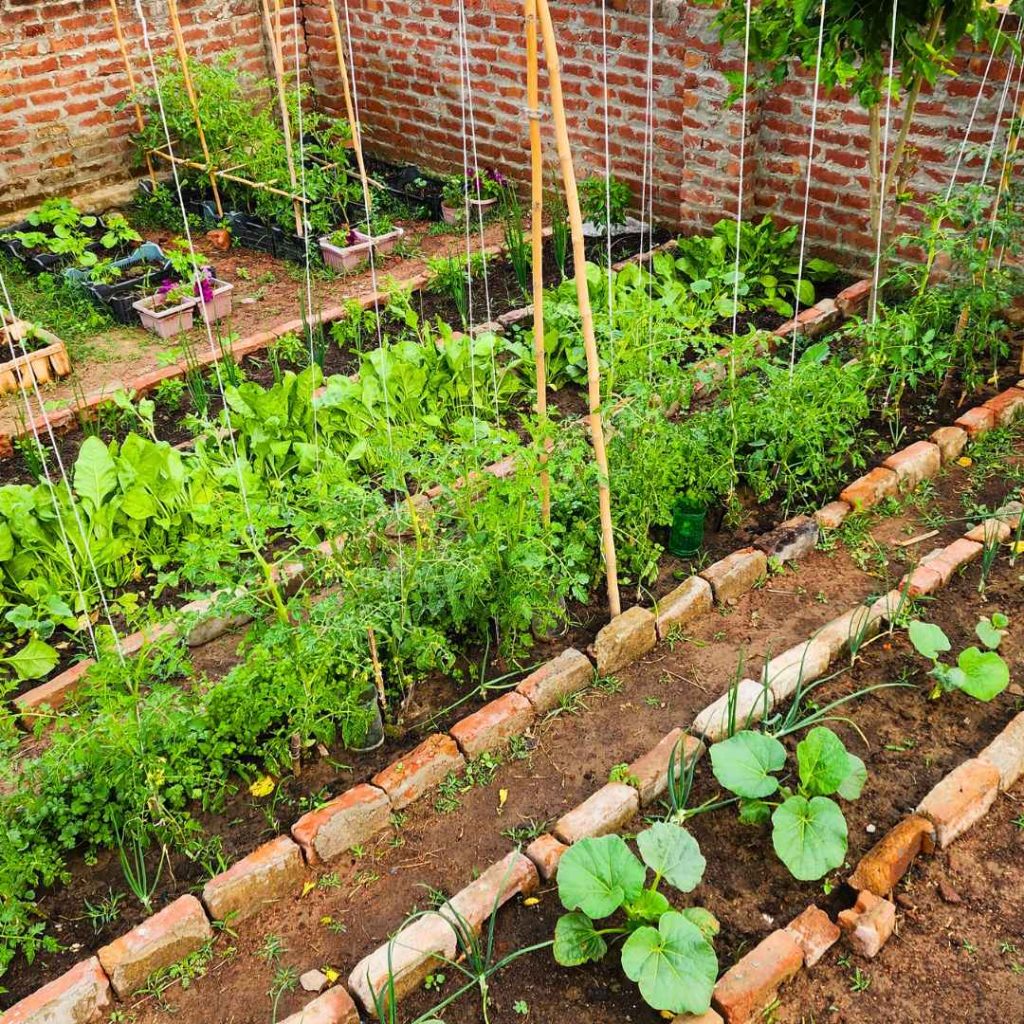
Climate, soil type, and garden design are just some of the factors that influence plant selection. Native plants require little care and are suited to the local climate. Drought-tolerant succulents and cacti thrive in arid climates, whereas frost-hardy plants can withstand low temperatures.
Certain plants that grow in clay, sandy, or loamy soils prefer well-drained sandy soils, so soil type and conditions must be considered. Garden designs can be themed, formal, cottage style, or minimalist.
Sculptures, water features, specimen trees, shade trees, and fruit trees can all help to create visual interest and attract the eye. You can also personalize your space with artwork and sculptures.
Fountains, ponds, water bowls, and bubblers are examples of water features that can provide tranquility without taking up much space.
Hardscape features such as walls, patios, and pathways should be designed to direct visitors through the garden. Patios and decks can be built using stone, brick, or gravel, and pavers can be made from materials that complement the overall design.
Garden areas can be layered, and slopes can be controlled using retaining walls. Plants, grass, and groundcover are examples of soft cape elements that can soften edges and create a smooth transition.
Integrating hardscape and soft cape requires blended edges, contrast, and harmony, as well as a mix of evergreen and deciduous plants and seasonal flowers to ensure that the garden looks good all year. Taking these factors into account allows you to create a well-planned and aesthetically pleasing garden.
Designing Paths and Access
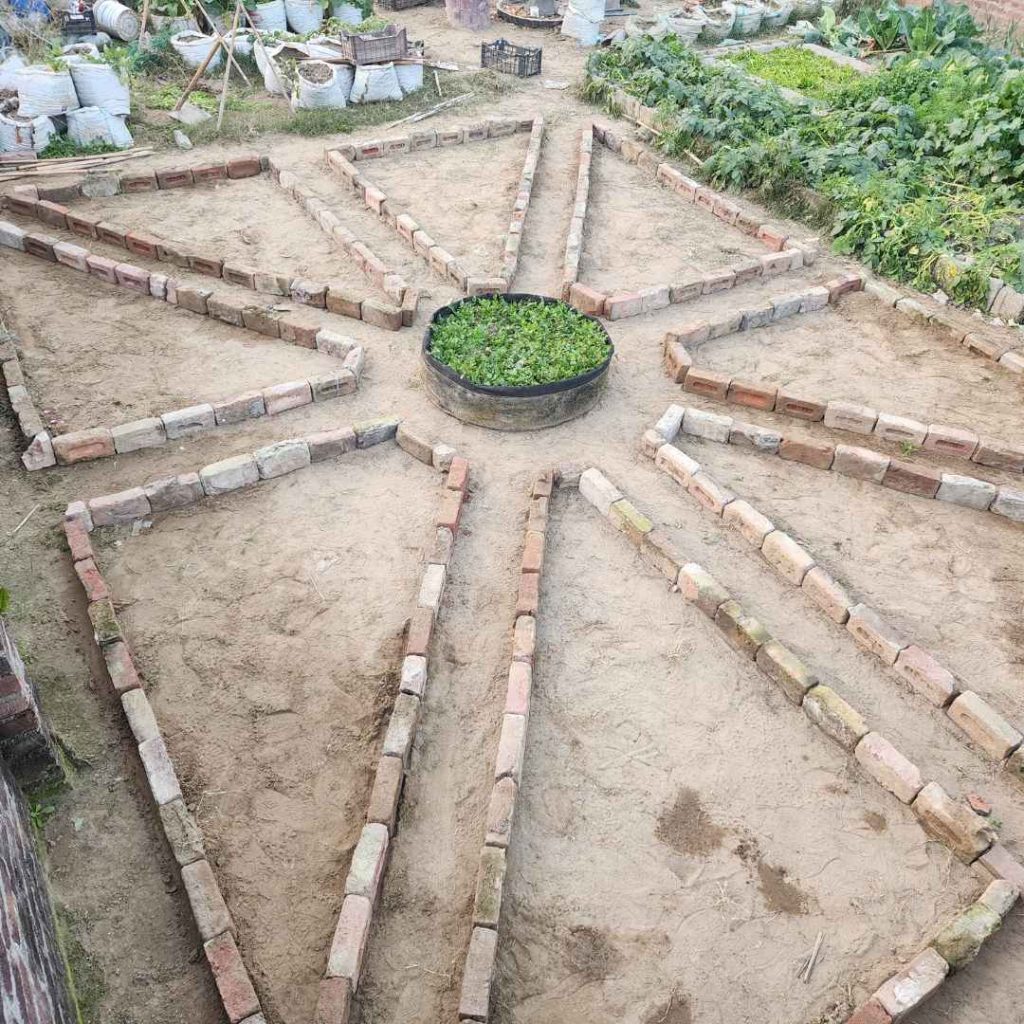
Primary paths that link significant locations, like entrances and gathering spots, as well as secondary paths that lead to more private areas, should be taken into account when designing paths for garden areas. Paths should be built to allow easy access to garden features without getting in the way of the garden’s organic flow.
The garden’s pathways should guide the viewer’s gaze, instilling a sense of adventure or discovery. Path materials include natural stone, pavers, crushed stone, gravel, wood, bricks, exposed aggregate, stamped concrete, and plain concrete.
Blending materials, stepping stones, planting transitions, level changes, thresholds, and a unified design theme will all contribute to smooth transitions between zones. Signage and path lighting can also be used to mark zone transitions and provide direction.
Finalizing The Layout
A detailed garden plan should include exact measurements, a design, a flow, how the plants will be arranged, focal points, lighting, and decorations. Garden design can be done with software or plans that are drawn by hand.
Prioritization of projects includes budgeting, plan adaptation, and current and future phase projects. Low-maintenance design includes things like plant selection, low-maintenance features, automated systems, water conservation, native plants, and recycled materials.
Maintenance planning consists of an easily accessible schedule, long-term planning that takes into account plant growth and modifications, and regular scheduling. A successful garden necessitates that the plan be adjusted according to the weather and seasonal conditions.
Including Vertical Elements
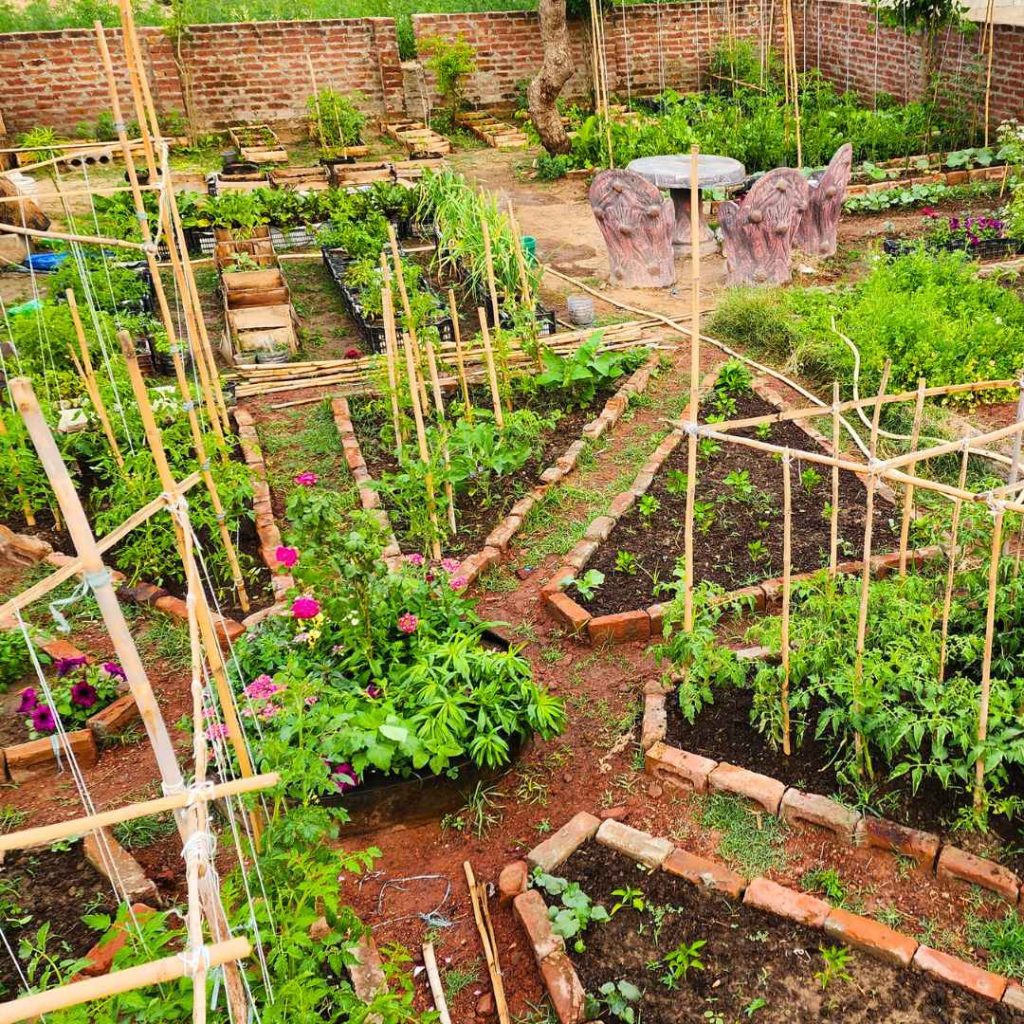
Vertical elements can be used in gardens to add structure, divide spaces, and provide privacy. Pergolas provide shade and structure, while trellises can support climbing plants. Garden arches can be used to frame views and create a welcoming atmosphere.
Tall plants can add structure and height, and vertical gardens can make the best use of available planting space. Shorter plants can be placed in front of taller plants to create layered planting schemes in small gardens. Plants can be arranged in tiers in planters or shelves that take up little ground space.
Slim structures such as obelisks, narrow trellises, or pole supports can be used in garden beds, walls, or containers, but hanging planters can add greenery at eye level. Reflective surfaces can be used in small gardens to create the illusion of increased depth and space.
Creating Privacy And Screening
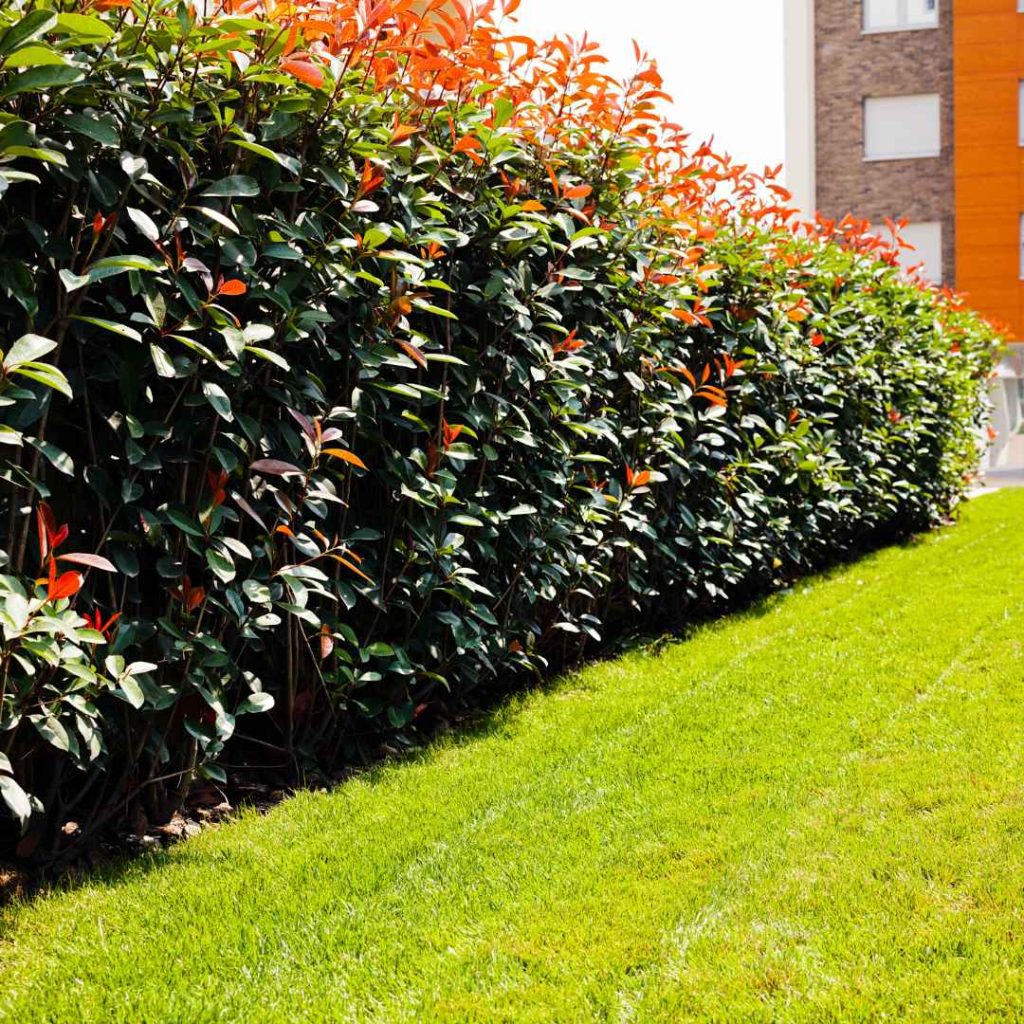
Plants that provide privacy include evergreen hedges, flowering hedges, native plants, tall shrubs, fast-growing trees, layered plantings, climbing plants, living walls, and espaliered trees.
Bamboo fencing, decorative panels, and solid fences are all examples of structures that provide instant privacy. Examples of screens and partitions include freestanding screens, lattice panels, outdoor curtains, pergolas, arbors, and roof panels.
For small gardens, consider portable options, vertical solutions, multipurpose structures, and compact hedge plants. Consider using vertical solutions, portable options, multipurpose structures, dwarf or compact hedging plant varieties, and vertical solutions.
To keep your garden tidy and functional, prune on a regular basis and keep your hedges compact.
Adding Lights and Garden Decorations
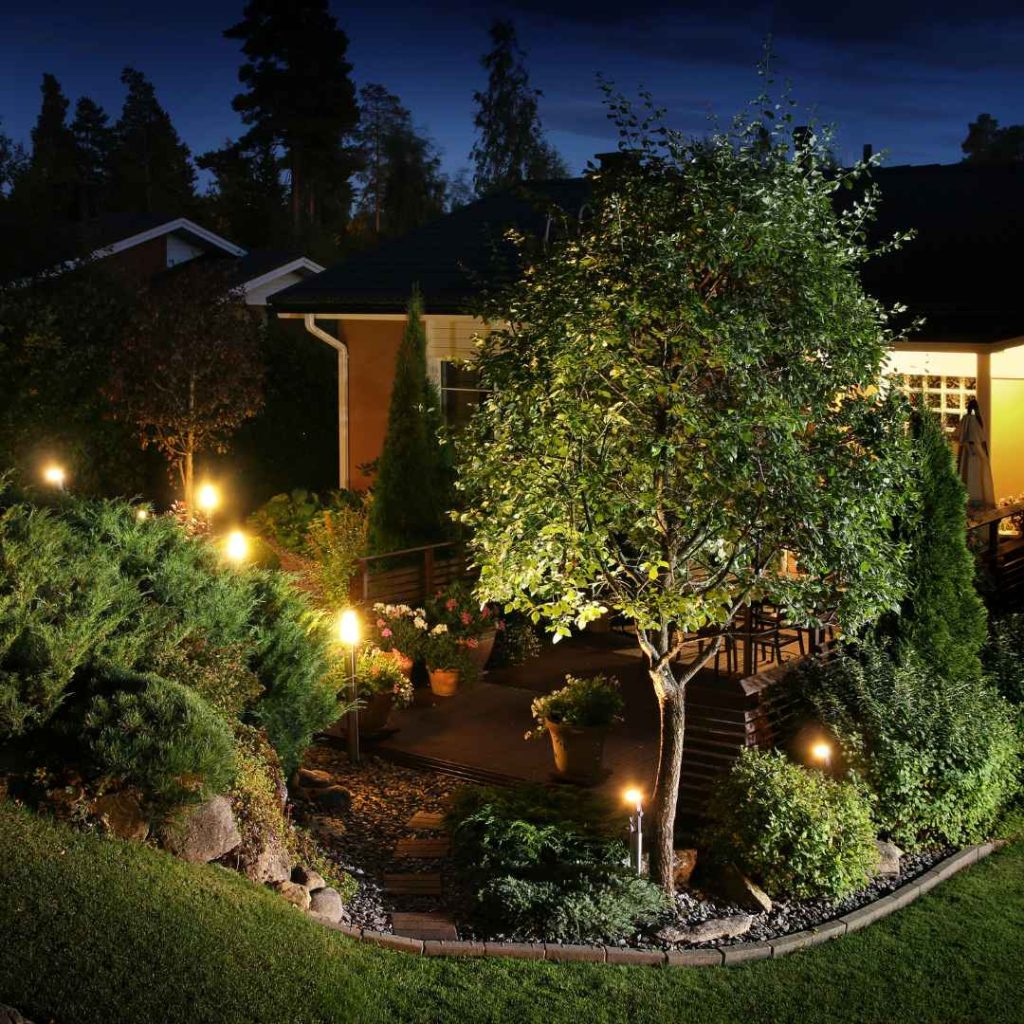
Consider installing lighting to enhance your garden, such as lanterns, bollard lights, solar lights, low-level lights, accent and feature lighting, and ambient lighting.
Place them as focal points along driveways, garden edges, or paths in styles that complement the overall design of your garden. Combine smaller sculptures to create a more dramatic visual effect. Wind chimes can be hung in trees, pergolas, or near seating areas to create a calming, melodic atmosphere.
Hanging ornaments such as glass balls, bird feeders, and small lanterns add color and movement. Hanging mobiles that gently move with the breeze can help achieve dynamic movement and light capture.
Little fountains or water bowls can help to create a sense of peace and relaxation. Add ornamental birdbaths for a traditional touch. Install basins or bowls of reflective water to create a mirror-like surface.
Use decorative planters and containers to add artistic flair to your garden. Use painted rocks, decorative edging materials, and mosaic stepping stones to make your garden more unique.
Finally, for a distinctive touch, consider incorporating artistic ground elements such as painted rocks, decorative edging, and mosaic stepping stones.
Consider installing lighting to enhance your garden, such as lanterns, bollard lights, solar lights, low-level lights, accent and feature lighting, and ambient lighting.
Statues and sculptures should be placed, grouped, and moved with care to complement your garden’s theme or design.
Mobiles, hanging decorations, and wind chimes can all add a calming atmosphere. Water features such as small fountains, birdbaths, and reflecting water bowls can all help to create a peaceful, relaxing atmosphere.
Mosaic stepping stones, decorative edging, and painted rocks can help to personalize your garden, while decorative planters and containers can add an artistic touch.
